Khaptad National Park is a beautiful and quiet trekking destination in far-western Nepal. It is located between 1,400 and 3,300 meters above sea level and spreads across four districts—Bajhang, Bajura, Achham, and Doti. The park is known for its green meadows, thick forests, clean rivers, and wide views of the Himalayas. It is also a place of religious importance, as it was once home to a famous holy man, Khaptad Baba, who lived here in peace and meditation.
This park is perfect for people who enjoy walking in nature and want to explore a less-crowded part of Nepal. You can see wild animals, birds, and over 500 types of plants. Villages along the way show the simple lifestyle and warm culture of the local people. In this blog, you will get all the details you need to plan your trek to Khaptad—from routes and weather to what to pack and where to rest.
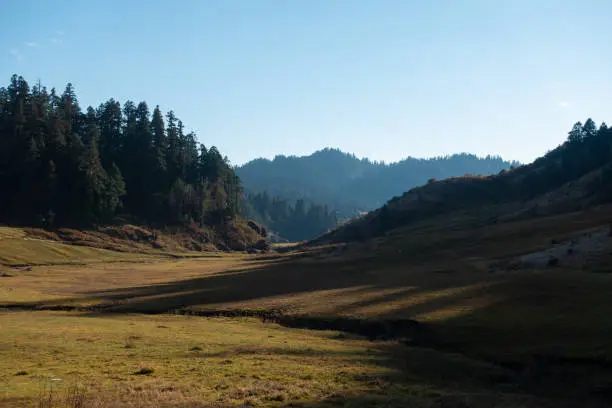
Khaptad National Park
Khaptad National Park is a peaceful and lesser-known trekking destination in far-western Nepal, perfect for travelers looking to explore untouched nature. Located between 1,400 to 3,300 meters in altitude, the park stretches across Bajhang, Bajura, Achham, and Doti districts. The climate is cool and refreshing, with pleasant summers and chilly winters, making spring (March-May) and autumn (September-November) the best times to visit. The park is home to over 500 species of plants, rare animals like leopards and musk deer, and beautiful birdlife, making it a dream for nature lovers. The trek offers open meadows, pine and rhododendron forests, and panoramic mountain views, with resting spots at villages like Jhigrana, Bichpani, and the Khaptad plateau. It also holds deep spiritual value, especially around the Khaptad Baba Ashram, a holy site for meditation and peace.
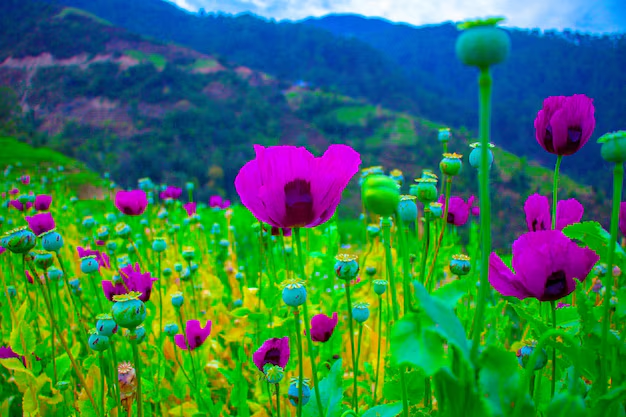
This trek is less commercial, so it feels raw and authentic, but that also means fewer tea houses or guesthouses along the way. Hikers usually carry basic supplies, camp overnight, or stay in local homes, which gives a closer look into rural Nepali life. There are several entry points, but the most popular routes start from Silgadhi (Doti) or Martadi (Bajura), both reachable by bus from Dhangadhi. Trekkers should be prepared for steep uphill trails, unpredictable weather, and basic facilities, but the reward is deep solitude and natural beauty. Along the trail, hidden gems like Khaptad Daha (a sacred lake), Nagdhunga (a stone associated with myths), and open hilltops give amazing photo opportunities and peaceful breaks. This guide will take you through every detail of the trek—routes, tips, gear, culture, and what to expect—so you can prepare well for this unforgettable journey.
Climate and Altitude of Khaptad National Park
Khaptad National Park lies between the altitudes of 1,400 meters to 3,300 meters above sea level. This range creates a cool and pleasant climate for most of the year, especially in the higher meadows and forested areas. During spring (March to May), the park blooms with wildflowers and rhododendrons, making it one of the best times to visit. Autumn (September to November) also offers clear skies, fresh air, and excellent mountain views. These months are considered the ideal trekking seasons because the trails are dry, the temperature is mild, and wildlife is more active. In these seasons, daytime temperatures range from 12°C to 20°C, while nights can drop below 5°C in higher areas.
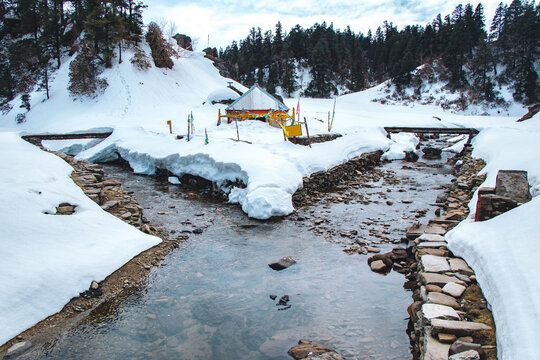
Winter (December to February) brings cold weather and heavy snowfall at higher elevations, which can block trails and make camping or walking difficult. During this time, temperatures can drop to -5°C or lower, and fog often reduces visibility. Many of the resting places, like the open shelters at Bichpani or Khaptad camp, become too cold for comfort without proper gear. Monsoon season (June to August) is also not recommended for trekking, as the trails become slippery and dangerous due to heavy rainfall. Landslides and leeches are common hazards in the rainy season, especially in the lower forested areas. The roads to the entry points may also be blocked, causing travel delays or cancellations.
Trekkers should always check weather forecasts before starting their journey, especially during the shoulder months of February or late November. Packing for Khaptad means bringing warm clothing, rain protection, and sturdy boots regardless of the season. Sudden weather changes are common, particularly near the higher ridges and open meadows.
Hypothermia risk increases during cold and wet weather, so keeping dry and warm is essential. It’s also wise to carry basic medicines, especially for altitude sickness or colds, although extreme altitude-related problems are rare below 3,300 meters. Being aware of these climate patterns helps you choose the best time and prepare for a safe and comfortable trek.
Khaptad National Park Trek – Routes, Duration, and Complete Trekking Info
There are multiple routes to reach Khaptad National Park, but the most common and accessible one starts from Silgadhi in Doti district. From Dhangadhi, you can take a bus or jeep to Silgadhi (approx. 10–12 hours), and then begin a two-day trek to the Khaptad plateau via Jhigrana and Bichpani. Another route is from Martadi (Bajura), which is also reachable from Dhangadhi by road, followed by a similar 2–3 day hike. Some trekkers also choose to enter from Achham or Bajhang districts, but these routes are longer and less developed. Inside the park, the trails are clearly marked with resting points and shelters, but accommodation is limited, so planning ahead is important. Most trekkers complete the journey in 5 to 7 days, depending on the starting point, physical fitness, and time spent exploring the area.
Tips for Trekking
Since Khaptad is a remote and less-touristic destination, carrying the right gear is very important for a successful trek. Essential items include a sleeping bag, warm clothes, rain jacket, trekking boots, water bottle, flashlight, basic medicines, and energy snacks. If you’re camping, bring a tent and cooking supplies, as lodges are rare beyond the entry villages. Mobile networks are weak or unavailable in the inner park, so a map or offline GPS can be helpful. It’s also recommended to bring cash, as there are no ATMs once you leave the town areas. Hiring a local guide is optional but useful, especially if you want to explore deeper into the forests or learn about local culture and wildlife.
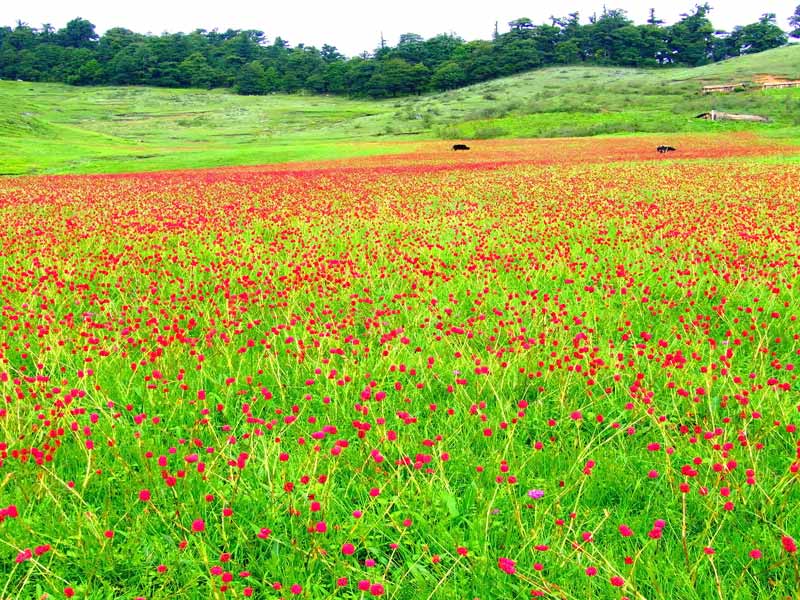
A few smart tips can make your Khaptad trek much safer and more enjoyable. Start early each day to avoid the afternoon fog, which is common in the meadows and forests. Drink plenty of water, take breaks often, and avoid pushing too hard, especially when climbing to the Khaptad plateau. Respect local customs—take off shoes when visiting temples, and avoid making loud noises in sacred sites like Khaptad Baba Ashram or Triveni. Always inform someone in Silgadhi or Martadi about your plans and expected return time. Weather in the hills can change quickly, so keep an eye on the sky and avoid risky paths during rain. This trek is not just about reaching a destination—it’s about soaking in the peace, nature, and culture of one of Nepal’s most untouched regions.
Hidden Gems of Khaptad National Park – Discover the Secret Treasures of the Trail
Khaptad Baba Ashram is one of the most peaceful and spiritual spots, where the saint lived in meditation for 50 years. The ashram has simple stone huts, a meditation cave, and small temples reflecting his teachings of peace and nature. Surrounded by meadows and pine trees, the area offers a calm, quiet environment. Nearby, Triveni is a sacred site where three rivers meet, attracting pilgrims for holy dips and rituals during festivals. Even if you’re not religious, the positive energy and peacefulness make it a special place to relax and reflect. Many trekkers miss sitting quietly here or learning about the saint’s life—try to make time.
Khaptad Daha
Another hidden gem is Khaptad Daha, a small sacred lake located about an hour’s walk from the main camp area. The lake remains calm and clear most of the year and is surrounded by forest and wildflowers. According to local belief, the lake is holy and connected to many old legends about Khaptad Baba and nature spirits. Few visitors hike beyond the main trails to see this spot, making it peaceful for those seeking silence or photography. Watching the sunrise or mist over the water feels magical, especially early in the morning. Be sure to ask locals or your guide for the best visiting time, as the path becomes slippery after rain.
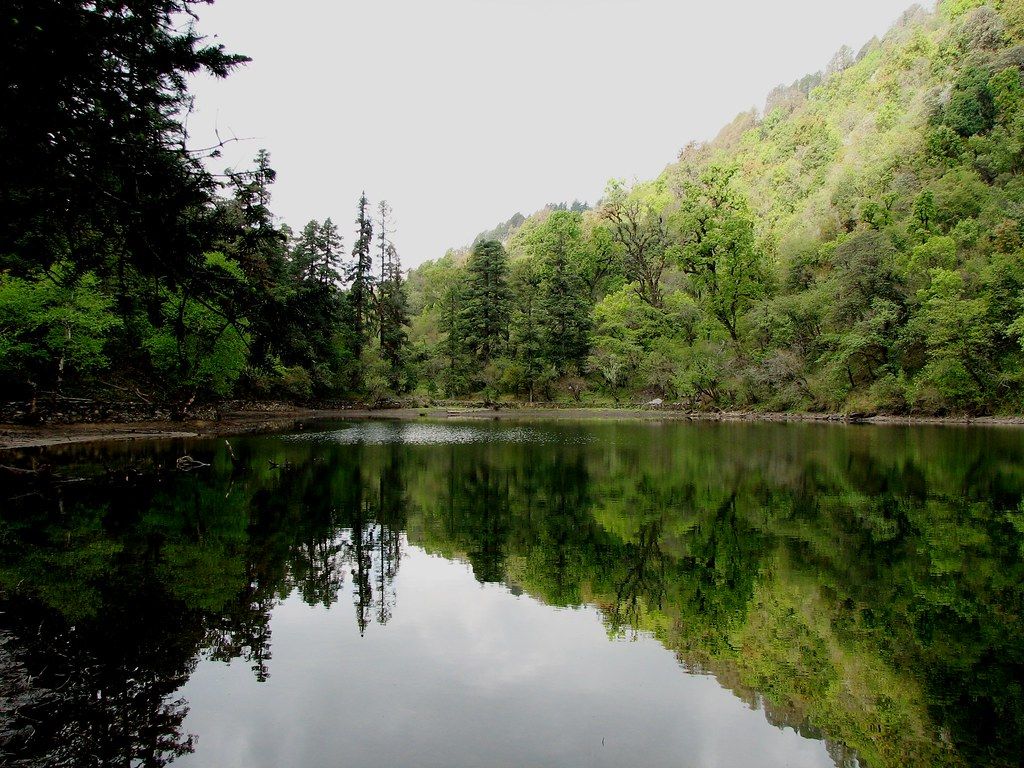
Lastly, Nagdhunga and Saileswari temple trail is another off-the-beaten-path gem within the Khaptad region. Nagdhunga is a large sacred stone that locals believe has protective powers, and people often leave offerings there during special occasions. The path towards this spot leads through silent forests, filled with chirping birds, wild mushrooms, and rare herbs. It’s also a great trail for spotting deer or hearing the calls of Himalayan monals if you walk quietly. The Saileswari temple, though located slightly outside the core zone, is deeply tied to the region’s spiritual history and is worth a detour if you have time. These lesser-known places add deeper meaning and beauty to your journey, making Khaptad more than just a trek—it becomes a soulful exploration.
Local Culture Around Khaptad National Park
Khaptad is home to indigenous communities. They are mostly Chhetri, Brahmin, Dalit, and Thakuri, who have lived here for generations. Life in villages like Silgadhi, Bichpani, and Jhigrana is simple and deeply connected to farming, animal herding, and seasonal rhythms. Most people follow Hinduism and deeply respect nature, local deities, and spiritual places like Triveni and Khaptad Baba Ashram. Traditional music, dance, and festivals like Gaura Parva and Dashain bring joy with colorful dresses and group songs called Deuda. Guests receive warm welcomes, and locals often offer food or shelter, especially in remote areas with few tea houses. These kind interactions add a human touch to your trek and help you understand far-western Nepal’s way of life.

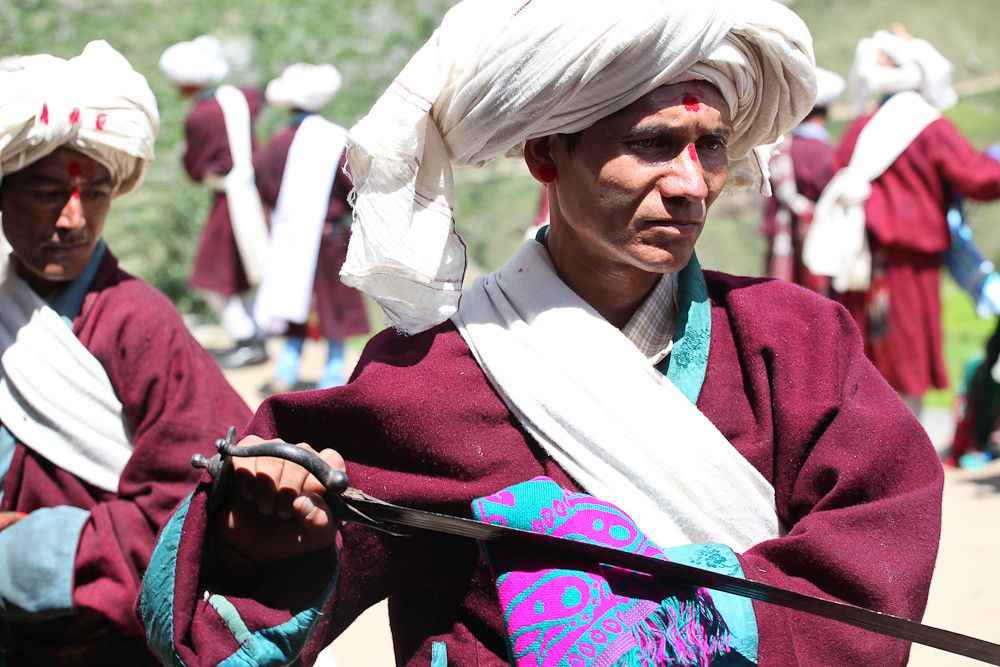

Local Lifestyles
Local houses are made from stone and mud with slate roofs, often surrounded by maize, barley, or millet fields. Women manage the home and cattle, while men work in fields or nearby towns. Young children often walk long distances to school or help with daily chores. Traditional knowledge of herbs and forest plants is strong here, with many using home remedies passed down through generations. If you show respect and interest, villagers gladly explain customs or share stories about Khaptad Baba and forest myths. These quiet, humble cultural experiences make the journey feel genuine and deeply meaningful.
When trekking through these areas, it’s important to respect local customs . Greet people with “Namaste,” dress modestly, and always ask before taking photos. In temples or sacred places, remove your shoes and avoid bringing food or making noise. It’s also polite to eat whatever is offered in local homes, usually dal bhat, wild greens, and sometimes local dairy. Learning a few Nepali phrases can go a long way in connecting with the locals and earning their trust. Travelers often say the smiles and hospitality of the villagers are just as memorable as the forests and mountains. Exploring Khaptad isn’t just about nature—it’s also about meeting people who live in harmony with it.
Cost, Trek Arrangements, and Permits
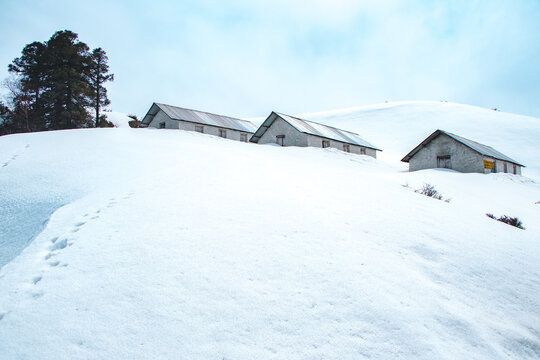
Trekking to Khaptad National Park is budget-friendly compared to popular trekking regions like Everest or Annapurna . 5–7 day trek usually costs NPR 10,000 to 20,000 (USD 75–150), based on route and services. Local buses from Dhangadhi to Silgadhi or Martadi cost NPR 1,000 to 2,000 per person. Meals along the trail are simple, costing about NPR 200–300 per plate at local eateries. There are no commercial lodges inside the park, so bring camping gear or stay in available community homes. Hiring a local guide costs NPR 1,500–2,000 daily and supports the economy while improving your trek. Trekking in a group helps reduce total costs by sharing transport, guides, and gear.
Before entering Park, visitors must get an entry permit from the Department of National Parks and Wildlife Conservation . We can also take tickets at the park entry points. The current fee is NPR 100 for Nepalis, NPR 1,000 for SAARC nationals, and NPR 1,500 for other foreigners. Carry passport copies, passport-size photos, and a few extra cash notes to pay fees on the spot. You don’t need a TIMS (Trekkers’ Information Management System) card for this trek, unlike other regions in Nepal. It’s also smart to inform local authorities or community representatives at the trailhead about your trekking plan for safety. While permits are simple and affordable, planning ahead with proper paperwork saves time and avoids confusion during the trek.
Conclusion: Embark on a Memorable Journey
Khaptad National Park offers a unique and serene trekking experience that blends nature, culture, and spirituality. Whether you’re trekking quiet forests or visiting sacred sites, Khaptad is a peaceful break from Nepal’s busy trekking routes. Explore places like Khaptad Baba Ashram, Khaptad Daha, and Nagdhunga—each offering calm, history, and natural beauty. With cool weather, scenic views, and friendly locals, Khaptad is ideal for adventure seekers avoiding crowded tourist trails. This untouched paradise isn’t just a destination—it’s a journey that connects you with nature, culture, and your inner self.
Khaptad is less crowded and developed, but its beauty and peace make it one of Nepal’s best treks. Being prepared with proper gear, respecting local culture, and caring for the environment ensures a safe, enriching trek. The trekking routes are simple, challenges manageable, and the area offers deep spirituality for nature lovers and adventurers. So, lace up your boots, pack essentials, and get ready to explore one of Nepal’s most untouched treasures!
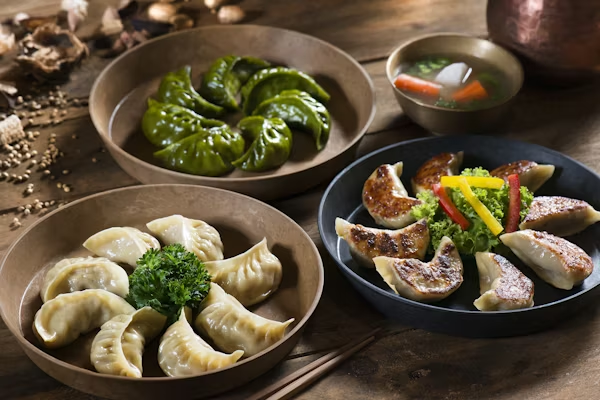

Pingback: Trekking in Langtang Region - Travories Blog